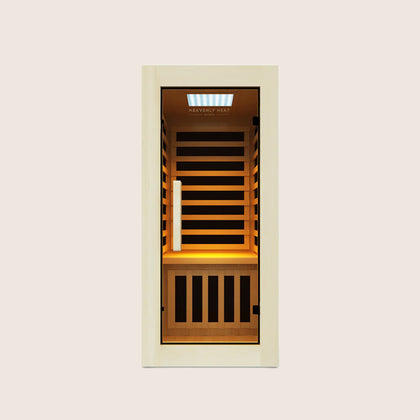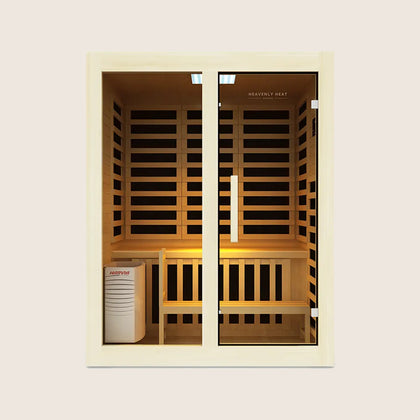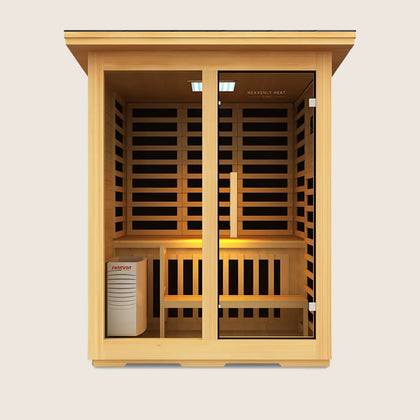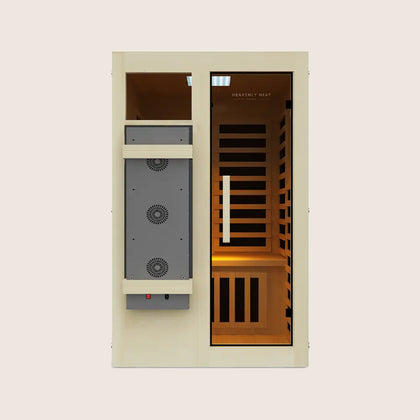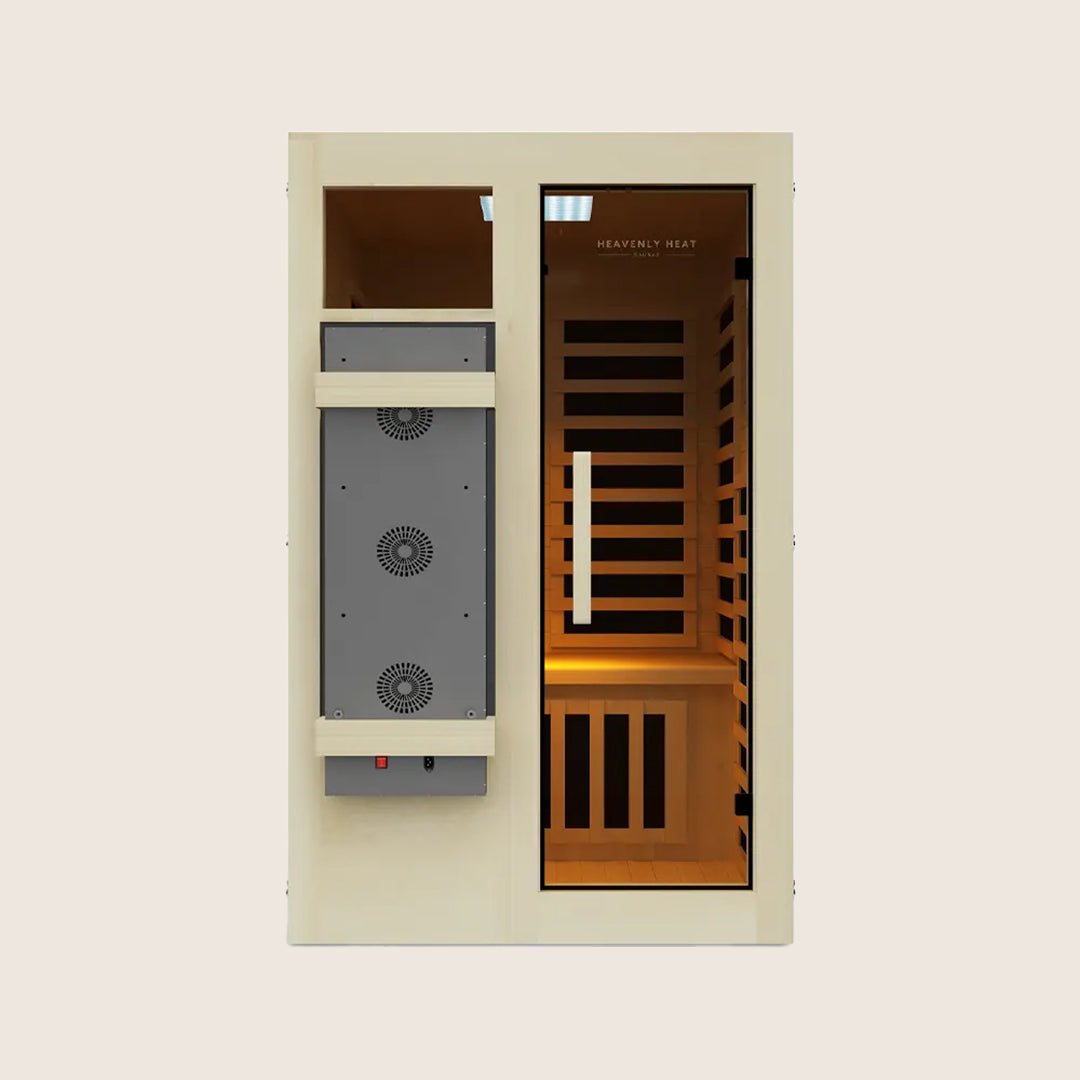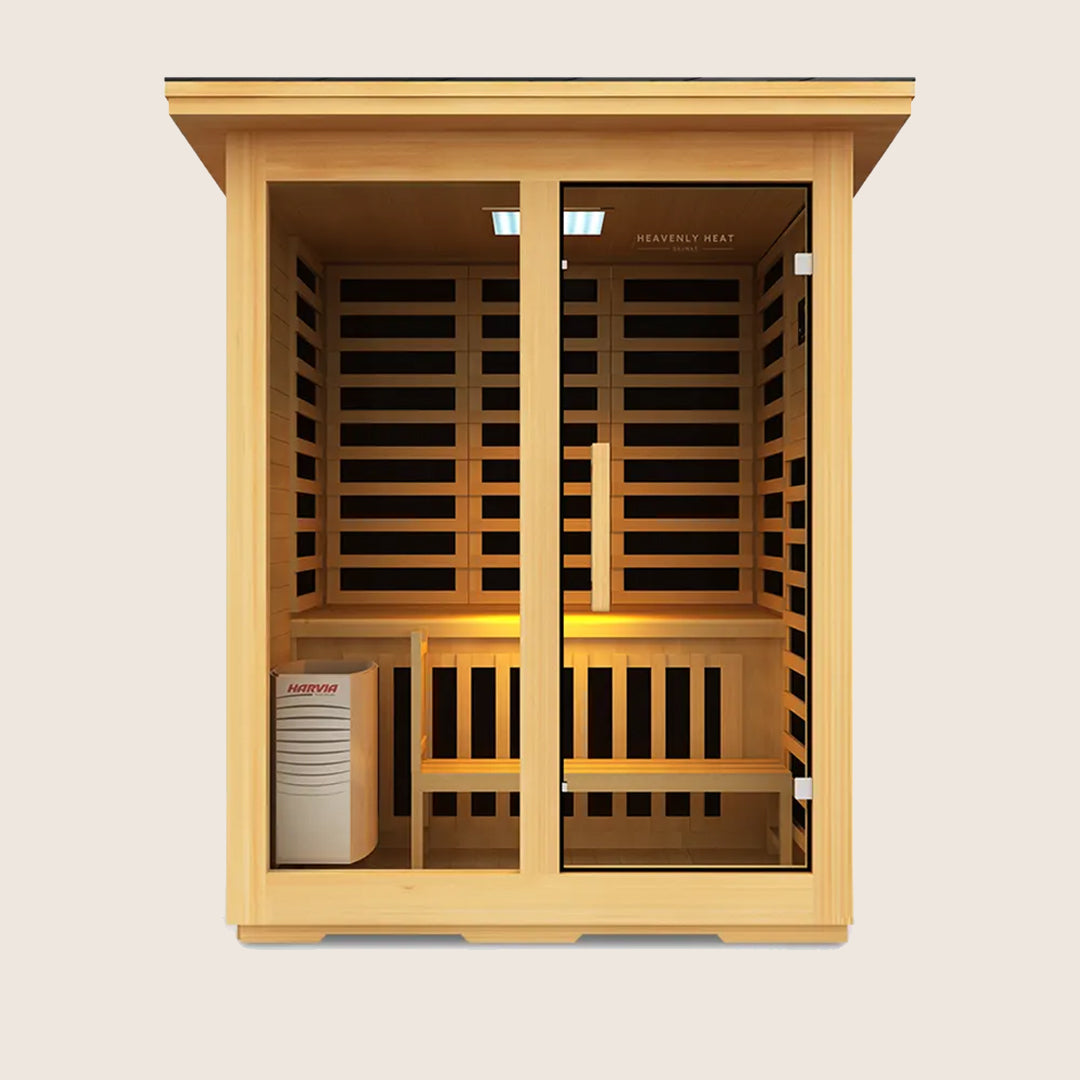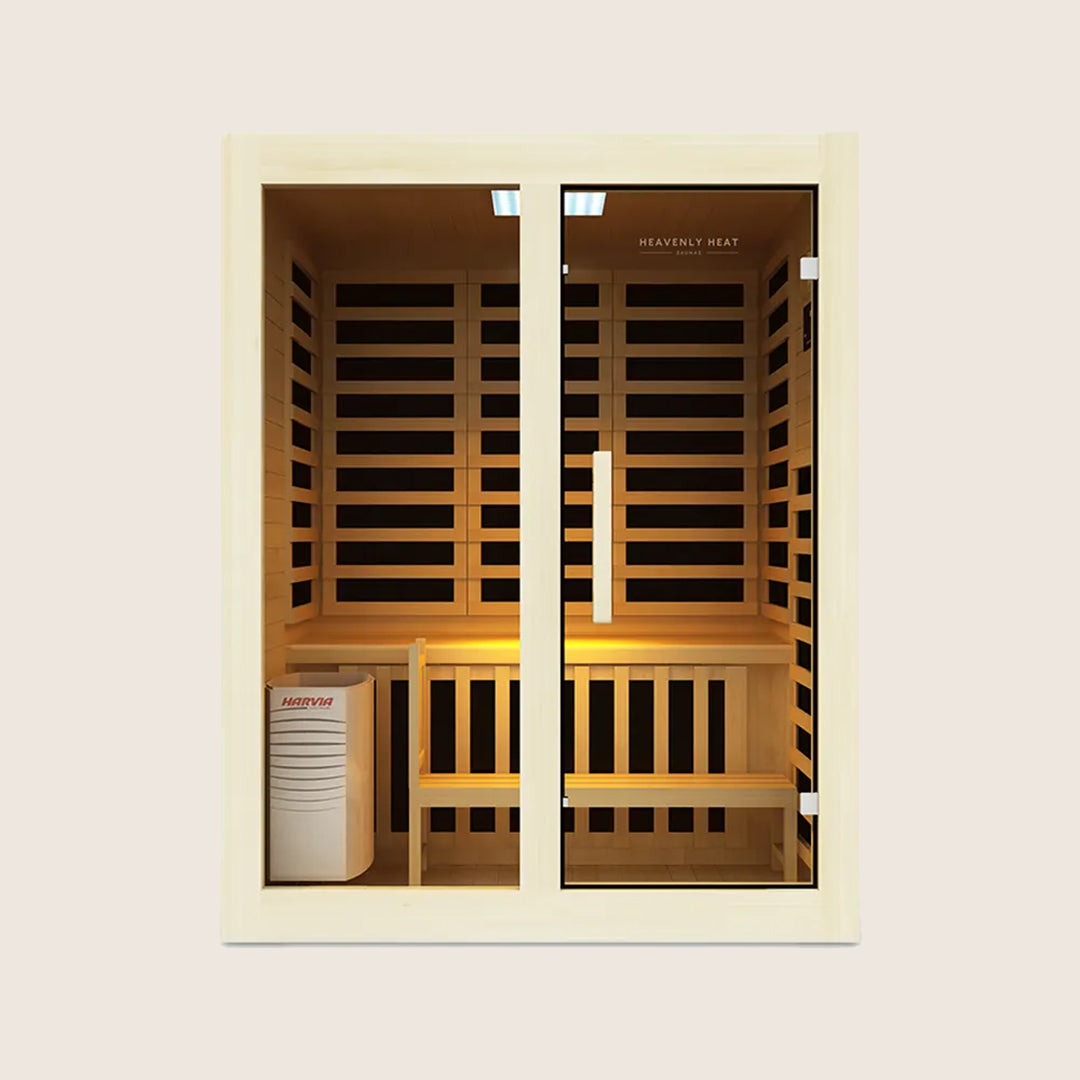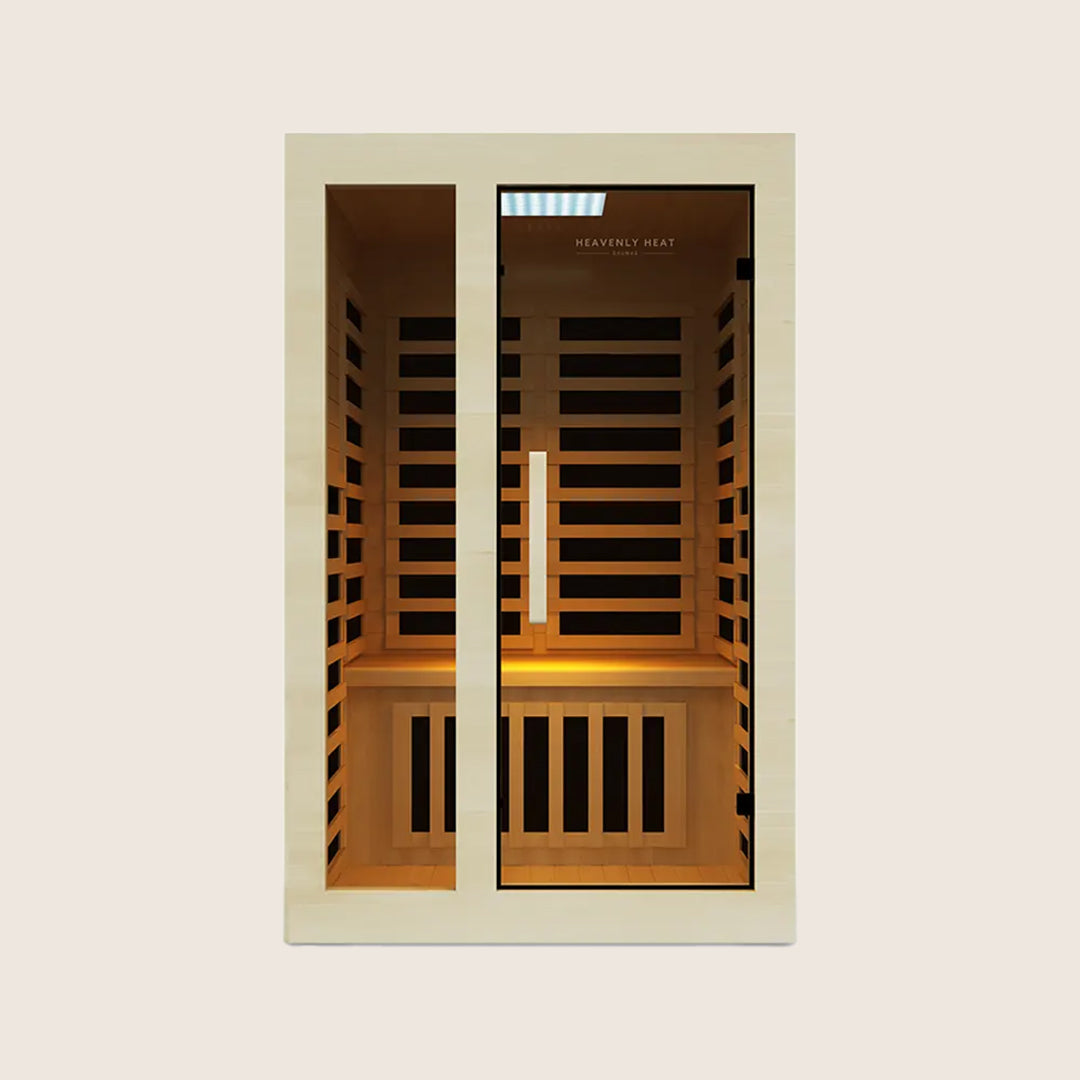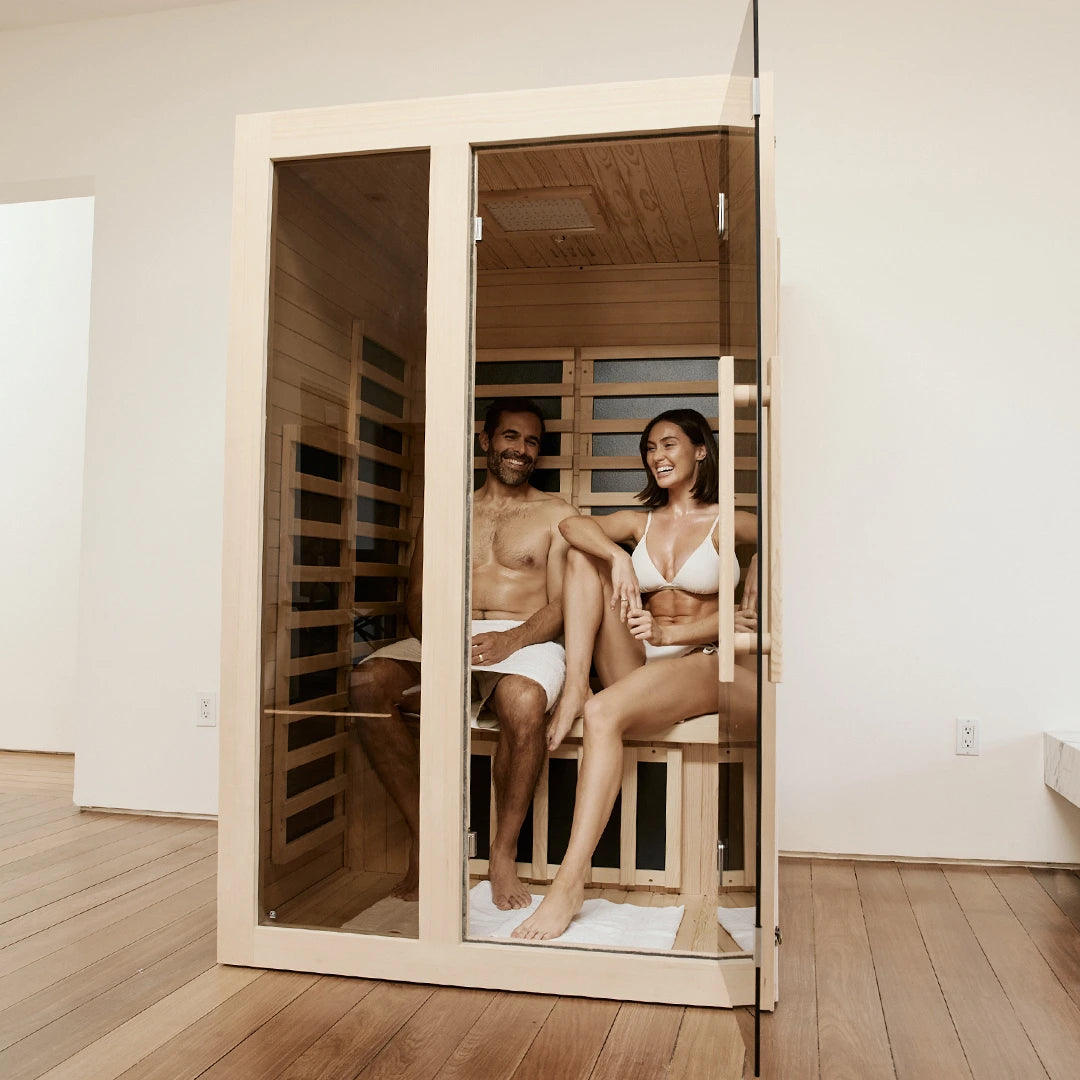5 Steps to Lower Alkalinity in Hot Tub Water

Maintaining balanced alkalinity in your hot tub is essential for clear water, effective sanitization, and protecting your equipment.
When alkalinity levels stray from the ideal range of 80–120 ppm, you might notice cloudy water, skin irritation, or scaling.
This guide walks you through five simple steps to safely lower alkalinity and restore your hot tub to its optimal condition.
Key Takeaways
Test Regularly: Check your hot tub’s water chemistry weekly to keep alkalinity in the ideal range.
Balance Gradually: Add pH decreases or increases slowly, then retest before making more adjustments.
Understand Causes: High alkalinity often comes from hard water or too much pH increase; low alkalinity can result from acidic chemicals or rainwater dilution.
Maintain Ideal Levels: Keep total alkalinity between 80–120 ppm to stabilize pH and protect your hot tub equipment.
Protect Your Water: Proper alkalinity ensures sanitizer effectiveness, clear water, and a comfortable, safe hot tub experience.
5 Steps to Lower Alkalinity in Hot Tub Water
Test Water Chemistry: Check your hot tub’s current alkalinity and pH levels using a reliable test kit.
Gather Supplies: Collect necessary chemicals, such as pH decreaser, and tools like measuring cups and gloves.
Add pH Decreaser: Carefully add the pH decreaser to the water to help lower alkalinity.
Circulate and Retest: Run the hot tub pump to mix the chemicals, then test the water again to see results.
Balance and Maintain: Adjust pH if needed and regularly monitor levels to keep water safe and comfortable.

What Is Alkalinity and Why Does It Matter in a Hot Tub?
Alkalinity refers to the water’s ability to neutralize acids and maintain a stable pH level in a hot tub.
It acts as a buffer, preventing sudden shifts in pH that can lead to skin irritation, equipment corrosion, or ineffective sanitizers.
Proper alkalinity not only protects the tub and its users but also helps create a more comfortable and balanced soaking environment.
Ideal Alkalinity Levels for a Hot Tub
Maintaining the right total alkalinity (TA) in your hot tub is essential for both safety and equipment longevity.
While the CDC and WHO don’t provide specific hot tub alkalinity guidelines, industry experts recommend keeping TA between 80–120 ppm.
This range acts as a buffer, stabilizing pH levels between 7.2 and 7.8 and ensuring that sanitizers like chlorine or Clean work effectively.
When alkalinity is too low, the water becomes acidic, irritating skin and eyes and potentially corroding your spa’s surfaces and equipment.
Too high, and the water turns cloudy, foamy, and can form damaging limescale. Alkalinity stabilizes pH by neutralizing acids and bases through bicarbonate and carbonate ions, preventing sudden swings that could make water unsafe or uncomfortable.
Regularly testing your water, adjusting TA with sodium bicarbonate, and following product instructions helps maintain a clean, balanced hot tub environment. In some cases, a complete drain and refill may be needed to reset stubborn imbalances.
Causes of High and Low Alkalinity in Hot Tub Water
High Alkalinity Is Usually Caused by Adding Too Much pH Increaser
High alkalinity in hot tub water often happens when too much pH increaser, like sodium carbonate (soda ash), is added.
These products are designed to raise pH but also introduce alkaline compounds that increase total alkalinity (TA).
Alkalinity acts as a buffer, preventing rapid pH swings, so adding excess pH increaser can push TA above the ideal range of 80–120 ppm.
This can cause cloudy water, reduce sanitizer effectiveness, and even lead to scaling or skin irritation.
To correct high alkalinity, use a pH reducer or alkalinity decreaser, such as sodium bisulfate, added gradually while running the jets.
After a few hours, retest the water and adjust as needed. Conversely, if alkalinity is too low, an alkalinity increaser containing sodium bicarbonate can raise it safely, typically about 10 ppm per 1.5 oz per 1,000 liters.
Regular testing and careful chemical addition help maintain balanced, safe, and clear hot tub water.
Hard Water with High Mineral Content Naturally Raises Alkalinity
Hard water with high mineral content naturally raises alkalinity in hot tubs, primarily due to calcium and magnesium.
These minerals are part of what water chemistry measures as total alkalinity, which reflects the water’s ability to resist pH changes.
When hard water is used to fill a hot tub, the dissolved calcium and magnesium add to the total mineral content, often resulting in higher alkalinity levels.
This can make balancing pH tricky and may cause scale buildup on surfaces, jets, and heaters.
Research highlighted in the International Journal of Science and Business shows that regions with hard water typically exhibit higher alkalinity compared to softer water areas, underscoring the link between mineral content and water properties.
Similarly, a study in the Journal of PLOS One found that calcium and other chemical constituents significantly influence total alkalinity and interact with other water quality parameters differently in ground and surface water.
Monitoring your local water supply can help predict and manage high alkalinity issues, ensuring your hot tub stays clean, clear, and safe for use.
Low Alkalinity Is Often the Result of Adding Too Many Acidic Chemicals
Maintaining the right total alkalinity (TA) is essential for hot tub water stability. Experts recommend keeping TA between 125 and 155 parts per million (PPM), testing weekly to ensure a healthy balance.
When alkalinity drops below this range, it is often due to the overuse of acidic chemicals, like pH decreasers or dry acid.
These acids increase hydrogen ion concentration, which reacts with the water’s carbonate and bicarbonate ions, forming carbonic acid that eventually releases CO₂ gas, effectively lowering both pH and alkalinity.
Studies and maintenance literature consistently show that frequent use of acidic sanitizers depletes these buffering ions, making water more prone to sudden pH swings and reducing sanitizer effectiveness.
To prevent such issues, organizations including the Centers for Disease Control and Prevention recommend maintaining a pH of 7.0–7.8 and proper sanitizer levels, emphasizing that alkalinity should be balanced first before adjusting pH.
Regular monitoring and careful chemical use keep hot tub water safe, comfortable, and long-lasting.
Rainwater and Fresh Water Refills Dilute and Lower Alkalinity
Rainwater and fresh water refills can quickly lower hot tub alkalinity. Rainwater dilutes the natural buffering chemicals, and fresh water typically contains fewer minerals.
This spreads out the bicarbonates and carbonates that maintain alkalinity, reducing their effectiveness.
Even a standard refill can noticeably drop alkalinity, and warmer refill water can accelerate this change. Checking and adjusting alkalinity after refills prevents problems.
Chlorine, Bromine, and Shock Treatments Can Drive Alkalinity Down
When chlorine or bromine is added to hot tub water, they don’t directly lower alkalinity. Instead, as these sanitizers work to kill bacteria, they form acids, primarily hypochlorous acid, which react with the water’s bicarbonate buffers.
This “uses up” the alkalinity, and if the water starts with low buffering capacity, you may notice a drop in total alkalinity.
Standard shock treatments, however, are mostly oxidizers and don’t consume alkalinity directly; minor drops in alkalinity usually come from accompanying pH adjustments or acidic chemicals rather than the shock itself.
Non-chlorine shocks can sometimes lower alkalinity and pH if overused, while chlorine shocks often leave alkalinity unchanged or slightly higher.
Other factors, like acidic rain, certain chlorine tablets, or frequent pH-lowering chemicals, are more likely to cause consistently low alkalinity than repeated shocks alone.
Monitoring and adjusting alkalinity carefully ensures your water stays balanced, safe, and comfortable.
Skipping Regular Testing and Balancing Causes Fluctuating Alkalinity
Skipping regular alkalinity testing in your hot tub can cause unpredictable water chemistry.
Fluctuating alkalinity reduces sanitizer effectiveness, increases the risk of skin and eye irritation, and can damage equipment through corrosion or scale buildup.
Signs include cloudy water, foam, or unusual odors. Test weekly to maintain safe, clear water.
How to Test and Adjust Alkalinity in Your Hot Tub?
To test hot tub alkalinity, use test strips or a kit, dip into water, and compare to the chart; ideal levels are 80–120 ppm.
Adjust low alkalinity with baking soda or high with sodium bisulfate, circulate water, retest after 30 minutes to a few hours, and repeat if needed.
FAQs
Can I use vinegar to lower alkalinity in a hot tub?
You should not use vinegar to lower hot tub alkalinity because its organic compounds and sugars disrupt water chemistry, cause scaling and odors, and are ineffective. Instead, safely adjust alkalinity with muriatic acid or sodium bisulfate, adding carefully and retesting until proper levels are reached.
Is it safe to go in a hot tub with high or low alkalinity?
It is unsafe to use a hot tub with high or low alkalinity. Levels outside 80–120 ppm reduce sanitizer effectiveness, irritate skin and eyes, promote bacterial growth, cause scale or corrosion, and destabilize pH. Always test, adjust alkalinity first, and avoid use until balanced.


